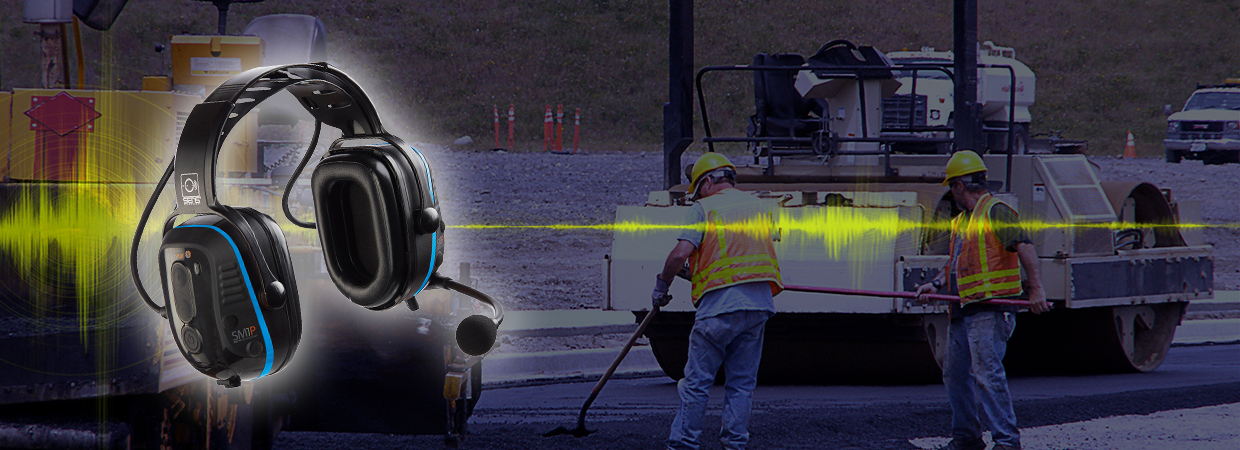- Home
- Blog
- Hazardous Locations / Intrinsic Safety
- An Overview of Intrinsic Safety

An Overview of Intrinsic Safety
In the previous two blogs, we gave a brief introduction to the world of intrinsic safety and dug into the different intrinsic safety classifications and explosive protection classification systems. We unpacked all the technicalities behind intrinsically safe headsets and may have left you more overwhelmed with information. Well, today we will give an overview of intrinsic safety that will serve as a summarization of this complex topic and be a starting point for beginners.
What Does it All Mean?
When you see the phrase “safe headsets,” you feel secure in knowing that you are getting exactly what is written – a safe headset. But when you see the phrase “intrinsically safe headset,” you may hesitate and question what it means. The term “intrinsically safe” may seem confusing and complex, but it is actually a very straightforward phrase. As noted a couple of blogs ago, the word “intrinsic” or “intrinsically” refers to something that is essential. This means that intrinsically safe headsets are meant to keep safe that which is essential – the headset user.
In hazardous locations, explosions or fires can occur due to the presence of flammable gases or other combustible vapors or dust particles. These environments are classified by the likelihood of combustible material igniting in a concentrated area. We broke these classifications down in the previous blog.
Headsets are electrical equipment that can generate sparks or heat. Sparks (which generate heat) in explosive or hazardous environments can potentially lead to one thing – a violent explosion. This is obviously not a good thing and puts anybody in the vicinity, especially in environments like oil rigs or oil fields where gas and flammable materials are present. So, what then is the point of Intrinsically Safe Headsets? They prevent the given device (Headset) from causing any spark or heat that could ignite an explosion, thus keeping people safe.
How Intrinsic Safety Works
In order to prevent these explosions and perilous hazards from occurring on the job, intrinsically safe headsets need to limit the electrical and thermal energy within the electrical circuits to a level below that which will ignite the gases or dust. This prevents electrical sparks and keeps the temperature of the headsets low. This foolproofs electrical circuits, making it possible for users to navigate in potentially explosive environments.
Who Needs IS Headsets?
Everyone should care about intrinsic safety, but not everyone needs intrinsically safe headsets. Those who primarily need intrinsically safe equipment/headsets are managers of industrial manufacturing environments, employers operating oil or gas companies, and other plants comprised of possible safety hazards. Keeping employees safe should always be the top priority of any organization in hazardous environments.
How to Tell If Equipment is Intrinsically Safe
Equipment that is legitimately intrinsically safe must stand up to a rigorous set of standards put forth by experts in the field of safety. Products that stand up to these standards and pass the tests are considered certified intrinsically safe. As laid out in a previous blog, there are four main agencies that certify intrinsically safe equipment, which are ATEX (European standards), UL (United States standards), CSA (Canadian standards), and IECEx (global standards). Any intrinsically safe equipment needs to be certified by a reputable certification agency to meet the standards and should have the appropriate markings on the products and packaging. Sensear’s Hazardous Location IS and Ex headsets are certified by a third-party lab to meet these standards for globally certified intrinsically safe equipment. For a truly safe work environment, choose Sensear.









